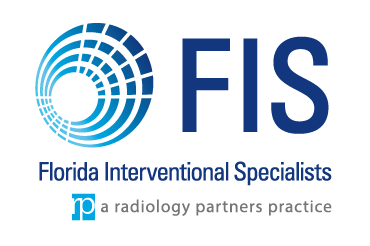Pulmonary Embolism

Pulmonary Embolism Treatment for deep vein thrombosis (DVT). Left untreated, DVT can break off and travel in the circulation, getting trapped in the lung, where it blocks the oxygen supply, causing heart failure. This is known as a pulmonary embolism, which can be fatal. With early treatment, people with DVT can reduce their chances of developing a life threatening pulmonary embolism to less than one percent. Blood thinners like heparin and coumadin are effective in preventing further clotting and can prevent a pulmonary embolism from occurring.
- It is estimated that each year more than 600,000 patients suffer a pulmonary embolism.
- PE causes or contributes to up to 200,000 deaths annually in the United States.
- One in every 100 patients who develop DVT die due to pulmonary embolism.
- A majority of pulmonary embolism are caused by DVT.
If a large pulmonary embolism can be diagnosed and appropriate therapy started, the mortality can be reduced from approximately 30 percent to less than ten percent. Small pulmonary emboli are typically treated with blood thinners for several months to allow the body to slowly dissolve the clot.
Symptoms of a Pulmonary Embolism
The symptoms are frequently nonspecific and can mimic many other cardiopulmonary events.
- Shortness of breath
- Rapid pulse
- Sweating
- Sharp chest pain
- Bloody sputum (coughing up blood)
- Fainting
When a clot breaks off and wedges in the lung, it blocks flow to the pulmonary artery. In cases of large PEs, the clot in the pulmonary artery can block almost all of the flow to the lung, causing shortness of breath, heart failure or even death. In cases of large PE, an interventional radiologists may attempt to lyse (dissolve) the clot from inside the vessel. In this procedure, termed Pulmonary Artery Thrombolysis, a catheter less than a 1/8” in diameter is threaded from the vein in the groin into the large clot in the pulmonary artery. This catheter then slowly infuses an enzyme found naturally in the body, called tPa, into the clot and dissolves it over 18-24 hours to allow more blood flow to enter the lung. This procedure is only performed to decrease the stress on the heart in patients that are considered high risk for heart failure due to the size of the PE.
Source: Society of Interventional Radiology http://www.sirweb.org/patients/deep-vein-thrombosis/index.shtml#pu
THE SERVICES LISTED ON THIS WEBSITE ARE FOR GENERAL INFORMATION PURPOSES ONLY AND DO NOT INCLUDE ALL SERVICES OF FLORIDA INTERVENTIONAL SPECIALISTS. WHILE WE STRIVE TO KEEP THE INFORMATION UP TO DATE AND CORRECT, WE MAKE NO REPRESENTATIONS OR WARRANTIES OF ANY KIND, EXPRESS OR IMPLIED, ABOUT THE CONTENT, COMPLETENESS, ACCURACY, RELIABILITY, LEGALITY, SUITABILITY OR AVAILABILITY, WITH RESPECT TO THE SERVICES CONTAINED ON THIS WEBSITE.
